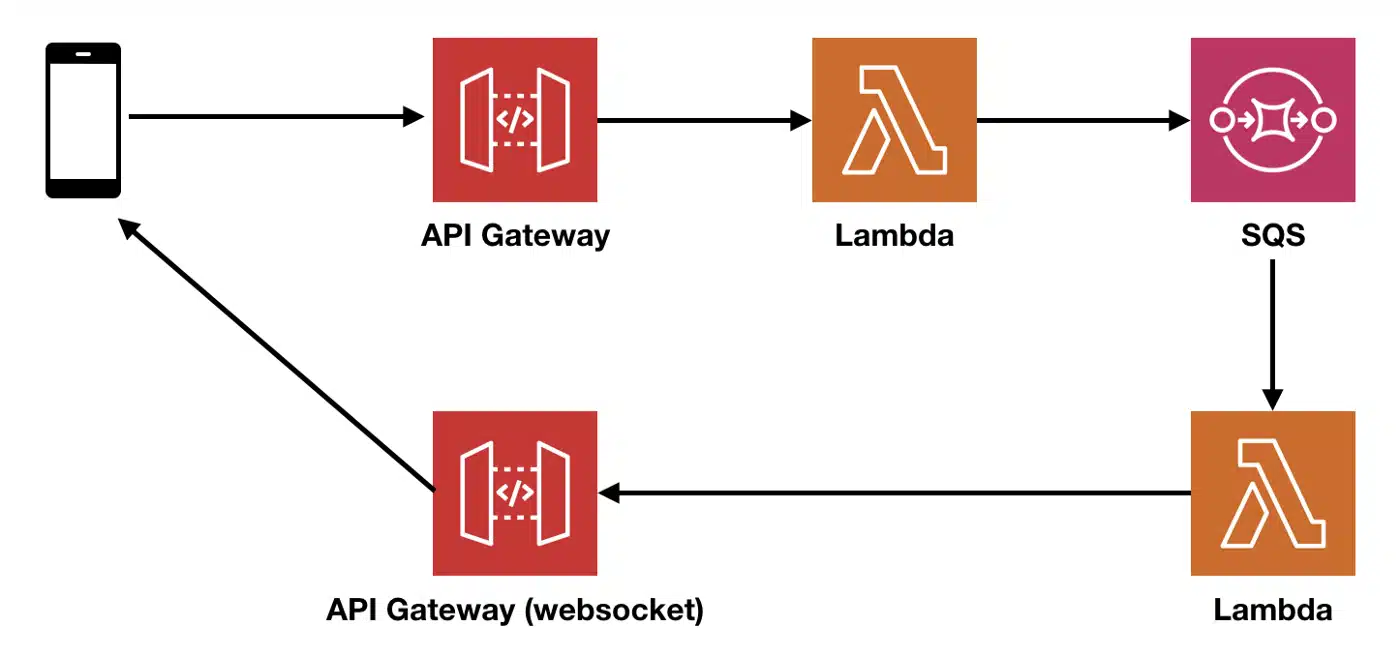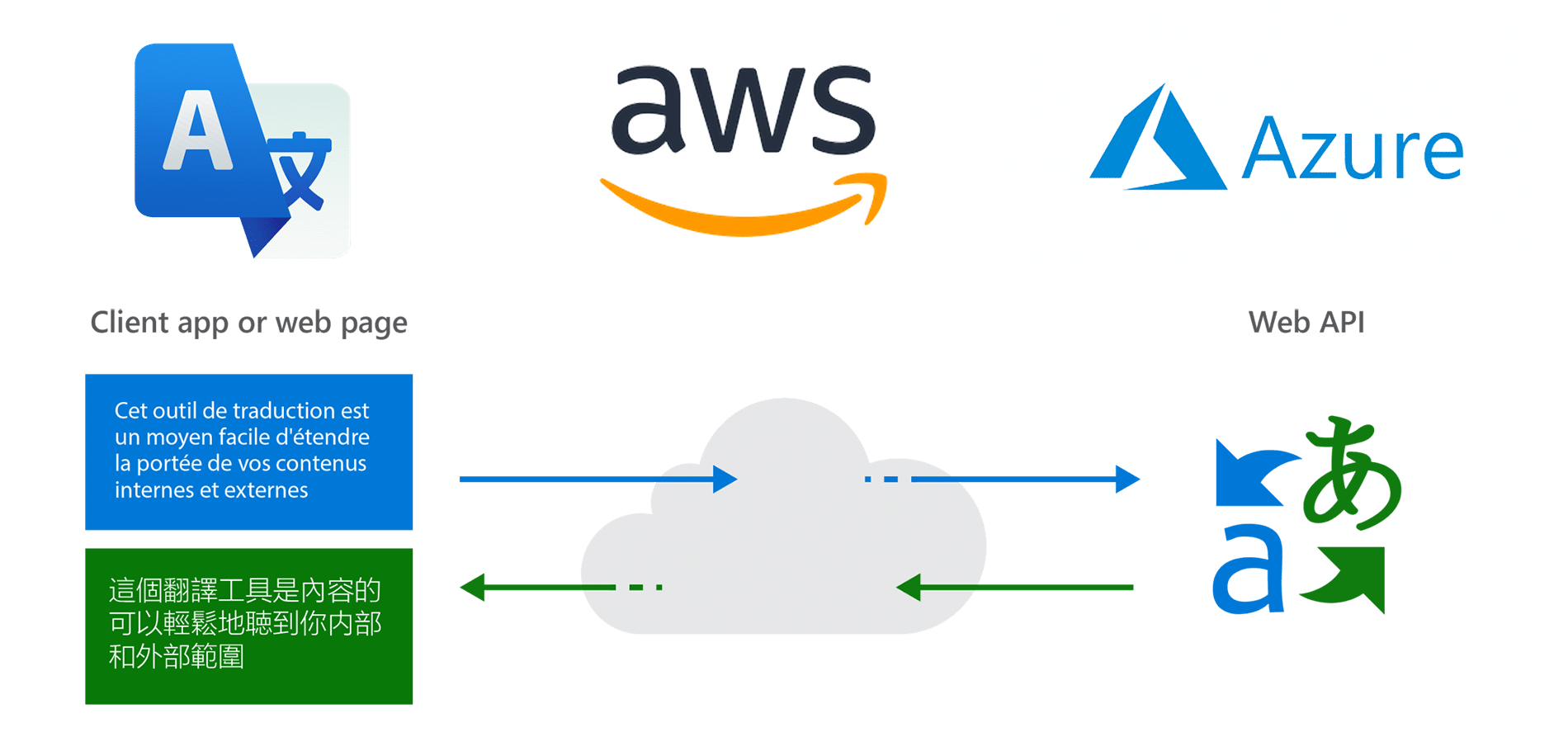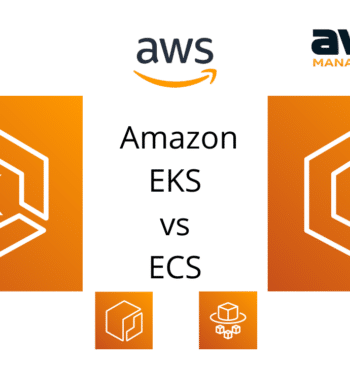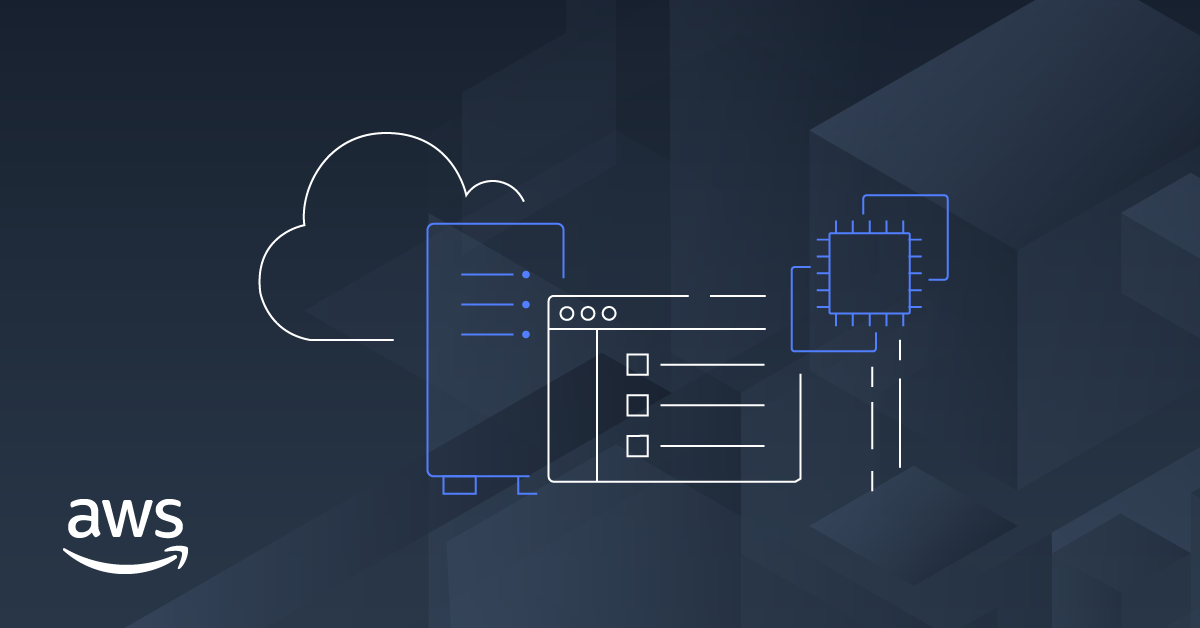16 Apr

Introduction
Lambda Response Payload Streaming is a feature of AWS Lambda that allows you to stream data from your Lambda function to the client application in chunks rather than returning the entire payload simultaneously.
In traditional Lambda function invocation, the function sends a single response payload back to the client application. This payload is limited to 6MB for synchronous invocation and 256KB for asynchronous requests. However, with Lambda Response Payload Streaming, you can send large amounts of data back to the client application in smaller chunks.
How to Enable?
To use Lambda Response Payload Streaming, you must configure your Lambda function to return an AWS SDK Response object with a “Payload” property that implements the Readable interface. This “Payload” property can be a stream, buffer, or string instance.
Once the Response object is returned, the Lambda function sends the data to the client application in small chunks, allowing the application to process the data in real time. This makes it possible to handle large datasets and keep the memory usage of your Lambda function under control.
When to Use?
Lambda Response Payload Streaming is particularly useful for scenarios where your Lambda function needs to process and return a large amount of data, such as in data analysis or machine learning applications. It can also be used to create real-time data streams and to send data to IoT devices.
Note that not all client applications support streaming responses. You should check the documentation of your client application to ensure it supports streaming before using Lambda Response Payload Streaming.
Lambda Response Payload Streaming can be used in scenarios where you need to return large amounts of data from your Lambda function to the client application and you want to avoid memory issues that may arise when handling the entire payload at once.
Here are some specific scenarios where Lambda Response Payload Streaming can be particularly useful:
- Real-time data processing: If your Lambda function is processing a large volume of data in real-time, you can use Response Payload Streaming to send the data to the client application in small chunks, allowing the application to process the data in real-time.
- Data analysis and machine learning: In data analysis and machine learning applications, you may need to process large datasets and return the results to the client application. Response Payload Streaming can be used to return the results in small chunks, which can be processed and analyzed by the client application in real-time.
- IoT devices: If your Lambda function is sending data to IoT devices, Response Payload Streaming can be used to send the data in small chunks, allowing the devices to process the data in real-time.
- Large file processing: If your Lambda function needs to process large files and return the results to the client application, Response Payload Streaming can be used to return the results in small chunks, which can be processed and analyzed by the client application in real-time.
In general, Lambda Response Payload Streaming can be used in any scenario where you need to return large amounts of data from your Lambda function to the client application in a scalable and memory-efficient way.
Pros & Cons
Lambda Response Payload Streaming can be a powerful tool for streaming large amounts of data from your Lambda function to the client application in a scalable and memory-efficient way. However, like any tool, there are pros and cons to using Lambda Response Payload Streaming.
Pros:
- Scalability: With Lambda Response Payload Streaming, you can stream large amounts of data from your Lambda function to the client application in small chunks, allowing you to scale the data processing and return the results to the client application in real-time.
- Memory efficiency: By using Response Payload Streaming, you can avoid memory issues that may arise when handling large payloads in memory. This is particularly useful when processing large datasets, as it allows you to process the data in small chunks without overloading the memory of your Lambda function.
- Real-time processing: Response Payload Streaming allows you to process and analyze data in real-time, which is helpful for applications that require real-time processing and analysis.
- Flexibility: Response Payload Streaming provides flexibility regarding the types of data that can be streamed. You can stream data in various formats, including streams, buffers, and strings.
Cons:
- Complexity: Response Payload Streaming requires additional configuration and coding on the developer’s part, which can be more complex than simply returning a single response payload.
- Client application support: Not all client applications support streaming responses, so you must ensure that the client application you use supports Response Payload Streaming before using it.
- Latency: Streaming data in small chunks can introduce latency in the response time, which may impact the user experience of the client application.
- Network limitations: Response Payload Streaming requires a stable and reliable connection between the Lambda function and the client application. If the network connection is slow or unreliable, it can affect the performance of Response Payload Streaming.
Conclusion
Overall, Lambda Response Payload Streaming is a powerful tool that can stream large amounts of data from your Lambda function to the client application in a scalable and memory-efficient way. However, it’s essential to weigh the pros and cons carefully before deciding whether to use it in your application.



